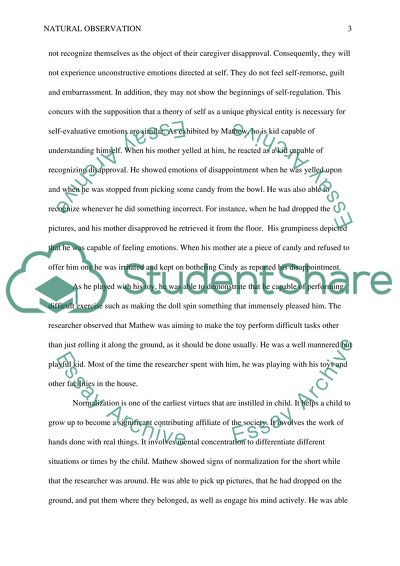Cite this document
(“Natural Observation Research Paper Example | Topics and Well Written Essays - 1750 words”, n.d.)
Natural Observation Research Paper Example | Topics and Well Written Essays - 1750 words. Retrieved from https://studentshare.org/psychology/1449711-natural-observation
Natural Observation Research Paper Example | Topics and Well Written Essays - 1750 words. Retrieved from https://studentshare.org/psychology/1449711-natural-observation
(Natural Observation Research Paper Example | Topics and Well Written Essays - 1750 Words)
Natural Observation Research Paper Example | Topics and Well Written Essays - 1750 Words. https://studentshare.org/psychology/1449711-natural-observation.
Natural Observation Research Paper Example | Topics and Well Written Essays - 1750 Words. https://studentshare.org/psychology/1449711-natural-observation.
“Natural Observation Research Paper Example | Topics and Well Written Essays - 1750 Words”, n.d. https://studentshare.org/psychology/1449711-natural-observation.


